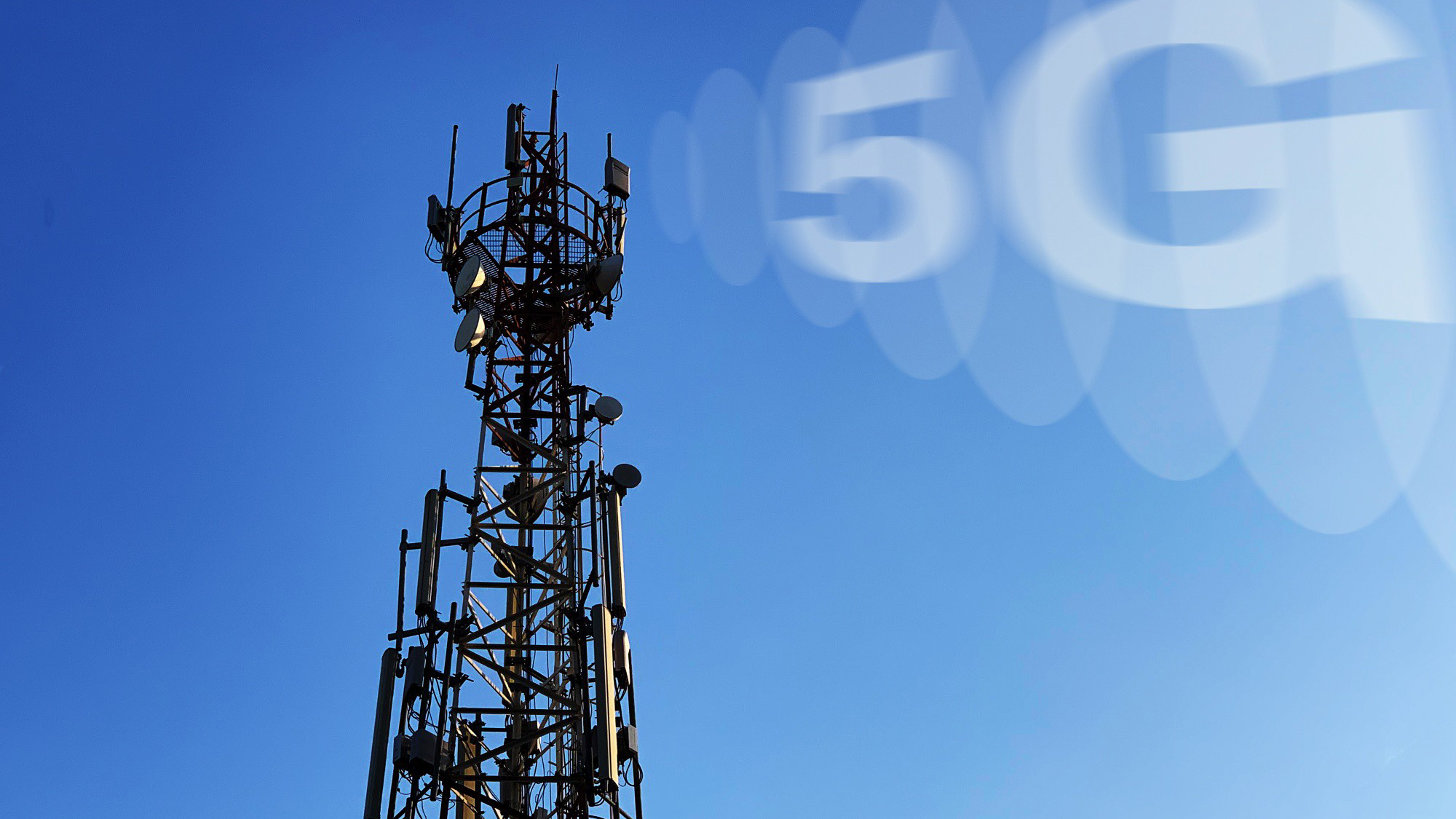
The mobile industry continued to play a crucial role in society during 2021, helping billions of people around the globe stay connected to friends, family, and colleagues as lockdowns and pandemic-related disruptions continued into a second year.
5G rollouts continued at pace, new smartphones wowed consumers and businesses, while telcos diversified into new areas to meet demand for sophisticated collaboration and remote working technologies. Meanwhile the year ended with discussions of the metaverse and what role mobile communications can play in making this vision of an immersive, inter-connected future a reality.
In the current climate it feels more difficult than ever to make any predictions with a degree of certainty. Covid-19 and an ever-changing technological landscape make sure of that. But that doesn’t stop us trying. Here are five things to look out for in 2022.
5G adoption will rise but handset shortages will persist
The first prediction is hardly one that would have required the alleged skills of Nostradamus, but 5G coverage will continue to expand during 2022 and adoption will rise. Ericsson says there will be 600 million 5G subscribers by the end of the year, boosted by operator rollouts, strong demand in China and North America, and the availability of cheaper compatible handsets.
However as has been repeatedly stated by various industry observers in recent years, 5G is the first generation of mobile infrastructure where network availability is more prevalent than handset adoption. Although the pandemic has had an inevitable impact on network construction, the global chip shortage is having longer-lasting effects.
The smartphone market showed some signs of recovery in early 2021 but a lack of key components contributed to a decline of 6.8% in Q3, according to Gartner. Although the premium segment is less affected by the shortage of key components such as radio frequency units, power management circuits, and other chips, a lack of 5G handsets in the mid and low end of the market could hamper adoption.
Deloitte predicts that the shortage will last until at least 2022 and possibly even 2023. However some analysts are optimistic about the market’s prospects next year. CCS Insight predicts 900 million 5G devices will be sold in 2022, accounting for half of all sales, so long as vendors and operators do their best to drive enthusiasm among consumers.

(Image credit: Christoph Scholz/Flickr)
Is telco consolidation back on the cards?
In 2016, Three and O2 abandoned their planned £10.25 billion merger because of hostility from UK and European regulators who feared a reduction from four operators into three would impact competition. The proposal followed similar transactions in other European countries where research suggested prices had risen as a result.
Both parties moved on, with O2 merging with Virgin Media earlier this year, and Three looking for other areas to grow as a pure-play operator in the UK. However crucially, in 2020, Three’s parent company CK Hutchison successfully challenged the EU’s decision to block the deal.
Fast forward to 2021 and operator are once again calling for consolidation to help cut costs and fund investments in full fibre and 5G. Mergers and partnerships have been seen elsewhere in the world and it appears as though regulators in Europe are more receptive to such moves given the importance of telecoms to wider economic strategies and society in a post-pandemic world.
OpenRAN and the great diversification drive
The OpenRAN ecosystem went from strength to strength in 2021, with signs that the telecoms industry is moving beyond a small group of big suppliers in the 5G era. Five of Europe’s leading mobile operator groups – Deutsche Telekom, Orange, Telefonica, TIM, and Vodafone – have agreed to work together on open networking technologies, and governments around the world are lending their support to R&D and commercialisation efforts.
Some of this assistance is motivated by geopolitics. The UK government in particular has been a keen supporter of OpenRAN following the decision to ban Huawei from the rollout of 5G in Britain. However, OpenRAN could also reduce costs and increase innovation by removing the barriers to entry for smaller players in the market. Vodafone UK has committed to deploying OpenRAN at least 2,500 sites by 2027.
Expect to see more trials – especially with regards to interoperability – and more partnerships in 2022.

(Image credit: Pixabay)
5G will start to make an impact on the business world
Nearly all commercial 5G deployments to date have relied on non-standalone 5G (NSA 5G), which uses new radio technologies but still relies on the underlying 4G core. However, 2021 saw the shift towards Standalone 5G (SA 5G), which uses a virtual cloud-based core that allows data to be processed closer to the point of collection and enables features like network slicing.
SA 5G offers guaranteed speeds, enhanced reliability, and ultra-low latency – features that will enable the most revolutionary 5G applications and drive the most significant revenue opportunities for operators. These include the Industrial Internet of Things (IoT), advanced robotics, and mixed reality (MR).
Supported by partnerships with the IT industry that will allow operators to diversify their offering, businesses will increasingly use or at least explore the use of 5G for private networks, edge computing, and Internet of Things (IoT) services.
Sustainability will remain a key issue
The mobile industry has long positioned itself not only as an enabler of economic growth but a force for good – especially when it comes to environmental issues. The warnings of the UN’s report into climate change and the COP26 conference brought sustainability into the public’s consciousness like never before and operators have been eager to tout their green credentials.
The shift to renewable sources of power, the adoption of more energy efficient network standards like 5G, and the development of services such as IoT that allow customers to reduce their carbon footprint are three examples of this. Expect to see much more of this in 2022.
However, it’s also important that the entire industry continues and accelerates its efforts. Deloitte predicts that smartphones will generate 146 million tonnes of CO2 in 2022 and although this is less of 0.5% of global emissions, analysts believe this can be reduced.
Production should be more energy efficient, devices and materials should be recycled wherever possible, and handsets should be easier to repair. All of these measures will reduce emissions and e-waste, allowing the mobile industry to fulfil its environmental potential. Recent events suggest there is room for optimism.
- If you’re looking for a new phone, check our our best 5G mobile phone deals






